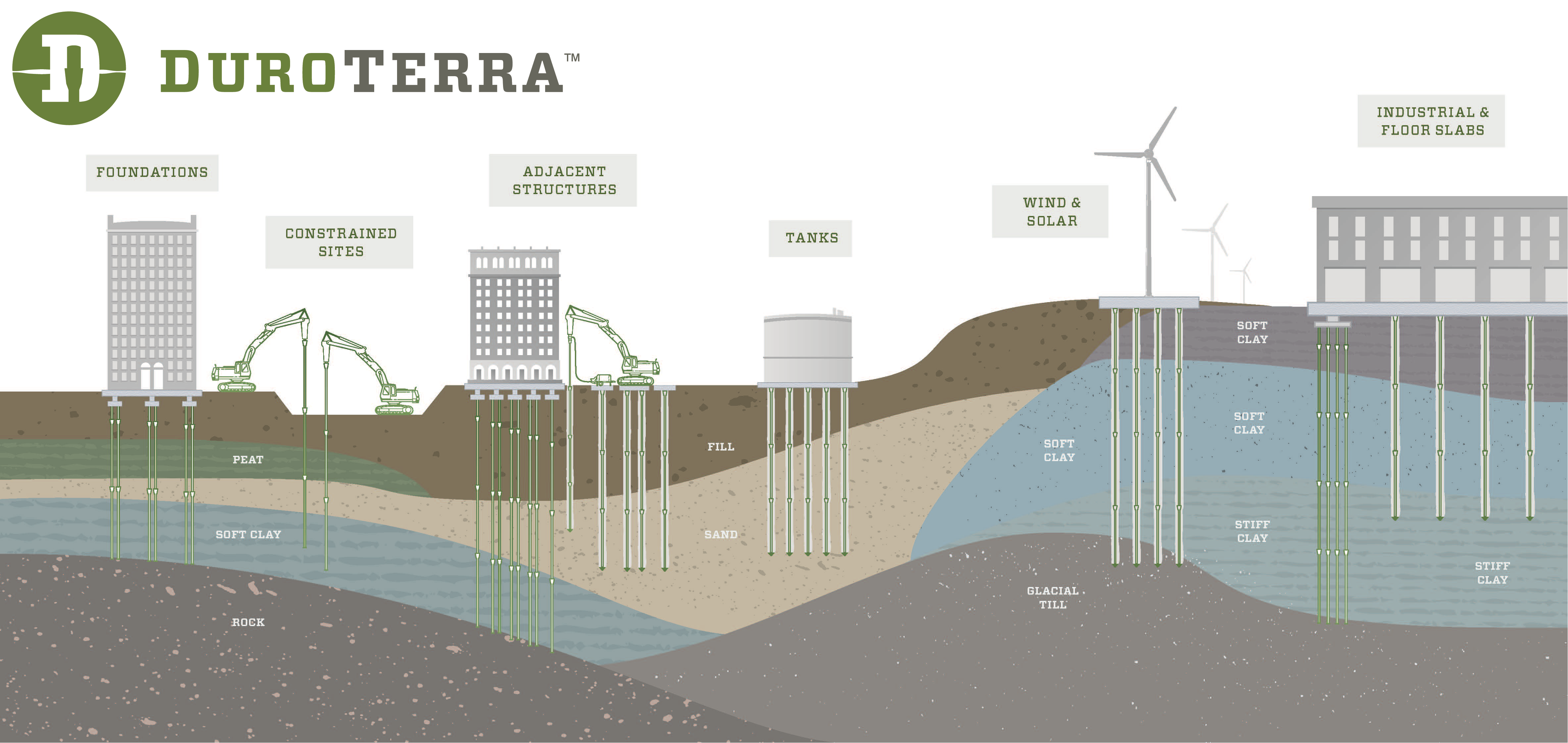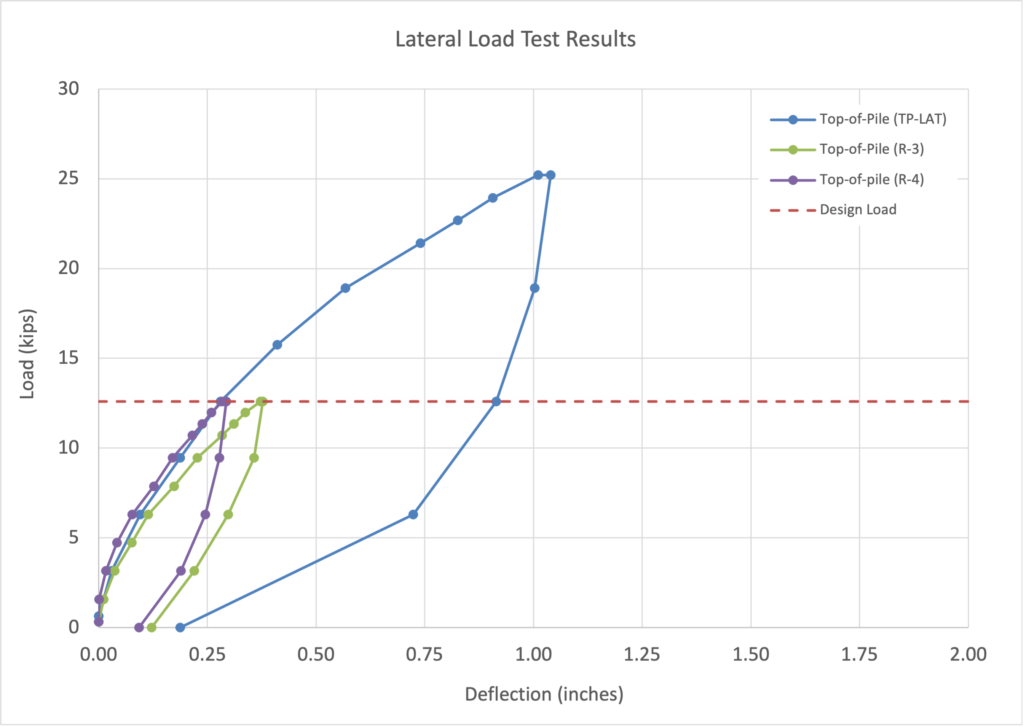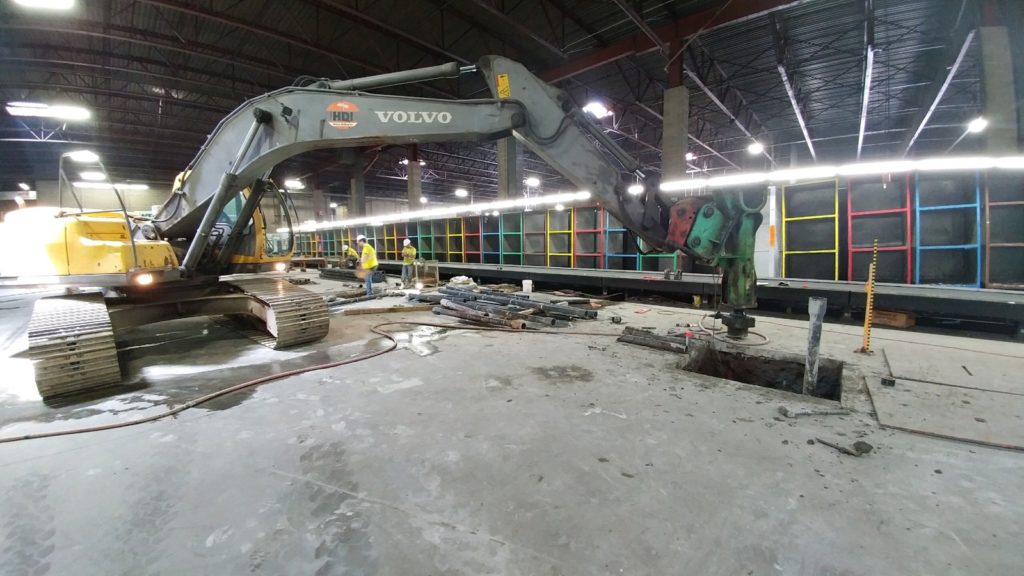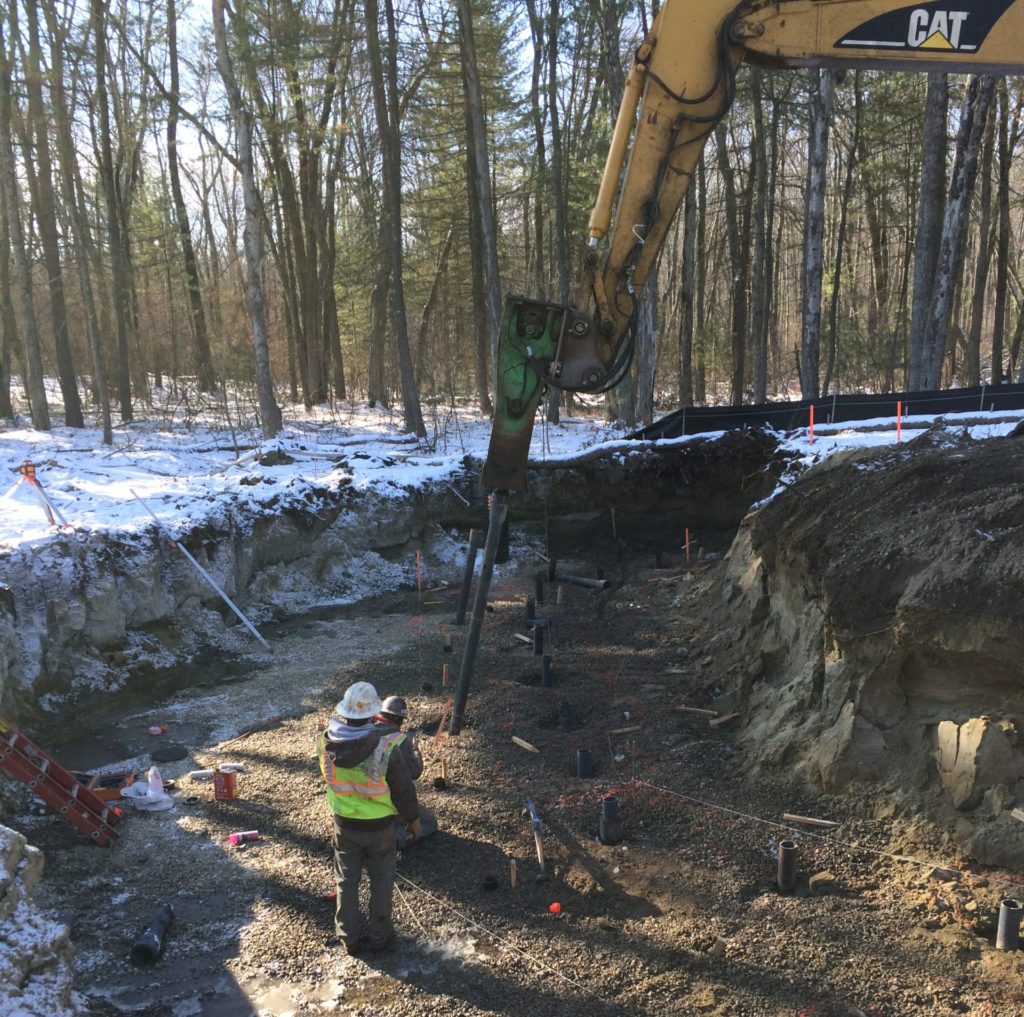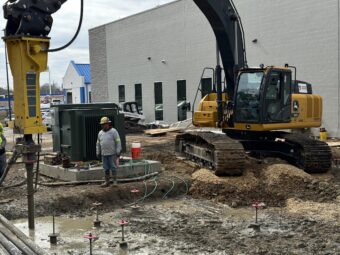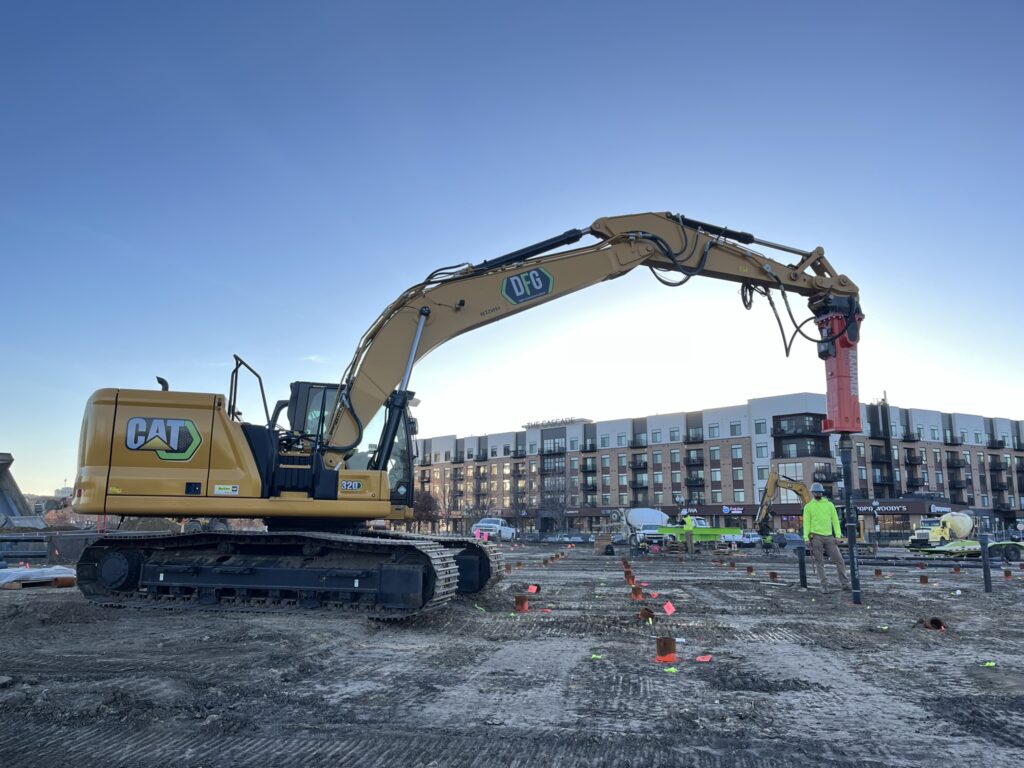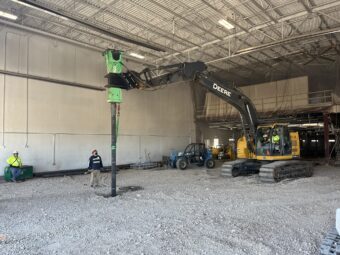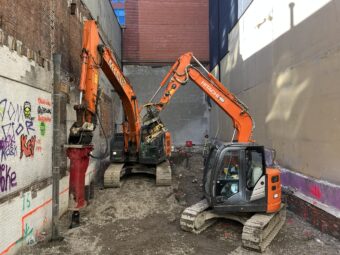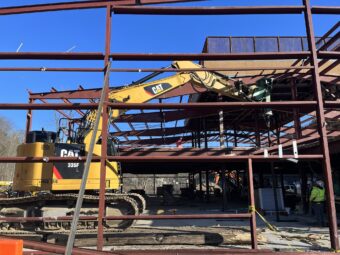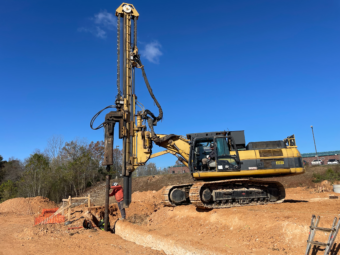Ductile Iron Piles – not easily pushed around…
Ductile Iron Piles – not easily pushed around…
When you need a deep foundation system to resist lateral forces, small diameter piles are not the first thing you think about. Yet, many projects that would benefit from small diameter, low-vibration piles (like Ductile Iron Piles, or DIPs) still require some degree of lateral load resistance. With pile diameters ranging from 3.9-in (Series 98 mm) to 6.7-in (Series 170 mm), you might expect that the lateral capacities of DIPs are on the lower side. So…it’s a fair question – “How much lateral capacity can Ductile Iron Piles provide?”
Lateral capacity of any pile system is related to both the structural bending capacity of the element as well as the interaction between the pile and surrounding soil. Capacities are also impacted by the amount of axial (normal) load applied to the pile. The lateral load vs. deflection behavior of Ductile Iron Piles is analyzed similar to other pile systems. Computer programs like Ensoft’s LPile or Civiltech’s AllPile are used to analyze the pile interaction with the surrounding soil.
Despite the modular nature of the system, extensive research has shown that the innovative Plug & Drive (bell-spigot) joint forms a full moment-resisting connection attributed to the significantly increased pile section at the joint combined with the hoop stresses and cold-welding generated during driving the tapered end into the socket. Recent lateral testing on piles with joints at various depths below grade showed no correlation between joint depth and lateral capacity, further confirming the integrity of the moment-resisting joint. The DIPs are then modeled with only the straight-line pipe section as the controlling section.
Have additional questions about lateral loading on Ductile Iron Piles? Please reach out to discuss with our engineers. Interested in evaluating a Ductile Iron Pile option on your project? We’re pleased to prepare a project-specific feasibility assessment, preliminary design approach and material quote to evaluate the potential value offered by TRM’s Ductile Iron Piles. FAST. SIMPLE. SAFE.
Although pile selection for the following projects wasn’t driven by purely lateral load resistance, these jobs utilized Ductile Iron Piles to resist both axial and lateral loads.
Relevant projects
Construction of a new mezzanine expansion within the existing shipping facility required support of 13 new column foundations. With only 20 feet of overhead clearance, the project was originally specified with micropiles as the primary option for foundation support and Ductile Iron Piles as an alternate recommendation. The Ductile Iron Pile option was selected based on cost-savings and speed of installation. The DIPs were designed to replace the micropiles on a 1:1 basis with capacities of 50 tons (compression), 15 tons (tension) and 4 tons (lateral) at select locations. An exterior grouted Series 118/7.5 pile with a 220 mm drive shoe was driven through fill and organics/clay/silt and into dense glacial till to achieve end-bearing set on till or rock. Although compression capacity was achieved in end-bearing, the addition of the exterior grout created improved frictional resistance for tension capacity and enhanced lateral capacity. A total of 79 production piles were installed in only 10 working days following completion of the load test program.
Site development at a new CarMax® Dealership required the construction of a single-span bridge to cross over a stream/wetland area. The 52-ft long bridge was designed for support on abutments with vertical and lateral loads of 172 kips and 20 kips, respectively. A Ductile Iron Pile solution was proposed to replace steel H-piles. The highly mobile excavator used for DIP installation could more easily access both abutments and install from higher grades into the footing excavation. Piles were designed to penetrate loose to medium dense alluvial sand and glacial till to terminate by setting on rock at depths of about 25 to 35 feet. A combination of vertical and battered piles was used within each abutment to support both vertical and lateral loads. Pre-production compression load testing showed linear elastic behavior with only 0.31 inches of movement at 72 kips (100% design) and 0.62 inches of movement at 144 kips (200%). Thirty-two piles were installed over a 3-day period despite limited access and winter conditions.

